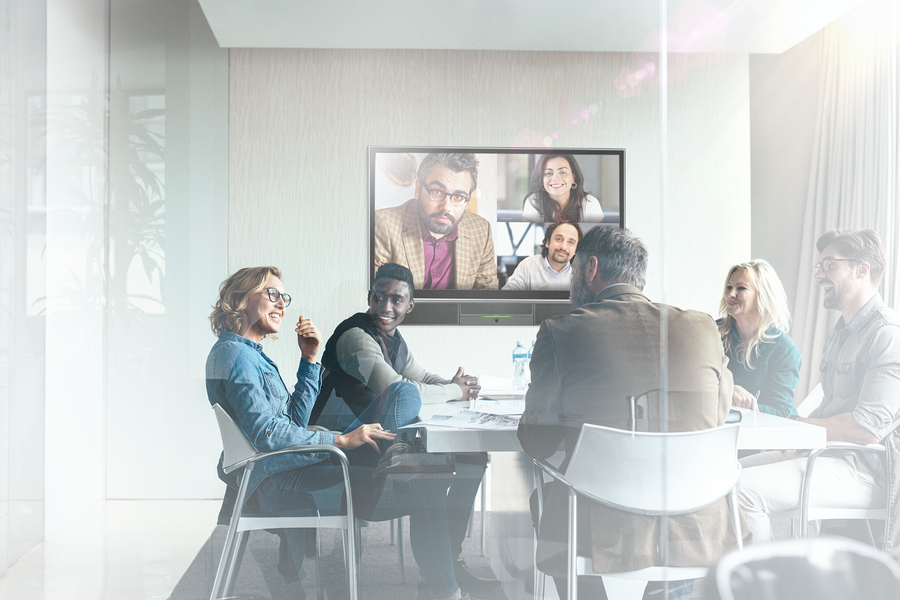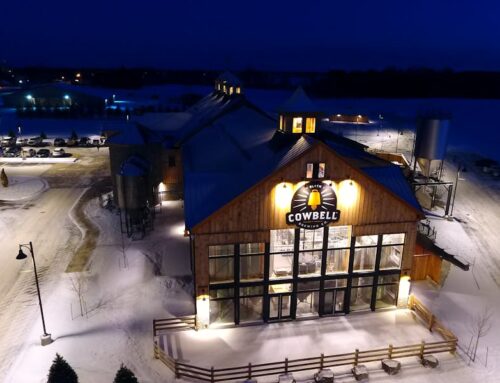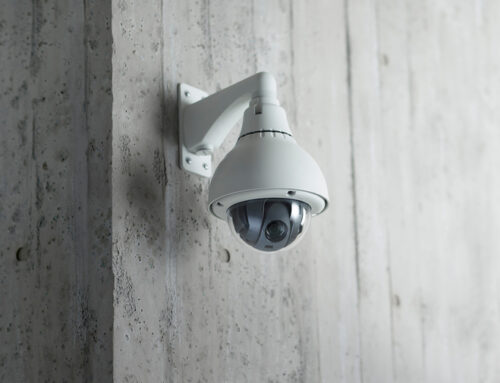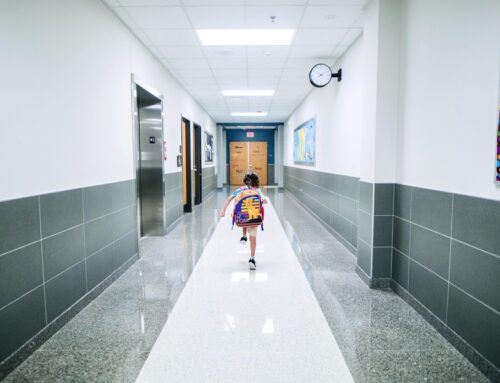Smart Solutions to Leverage Hybrid Meetings
Hybrid meetings have skyrocketed in popularity in recent years, with many workers joining meetings in person while others participate remotely. But as many of us know, this technology hasn’t always matched our expectations.
If you’ve struggled to virtually capture everyone’s voices and faces in the conference room, you’re not alone. Remote and hybrid meetings have been historically challenging, but the latest automation and AI developments make it possible to include anyone from any location in your conference room.
With these new technologies, we’re finally experiencing hybrid meetings the way they should be. Read on to learn how conference room automation can benefit your Milwaukee, WI, business!
SEE ALSO: Why Businesses Are Turning to Technology as a Service (TaaS)
All-In-One Room Control
Smart automation systems like Crestron and QSC make it easy to start meetings and share content in the conference room. With a tap on your tabletop touchscreen, you can activate the projector, dim the lights, and even lower the shades.
Meanwhile, wireless content-sharing features allow your teams to share presentations or media to the main display without worrying about compatible cables and connectors. Whether you’re joining a Zoom, Teams, or Google Meet call, you can simply tap the meeting link right from the calendar and instantly connect cameras, microphones, speakers, and screens.
Everyone’s In Frame with Auto-tracking Cameras
Video calls have evolved beyond the static, wide shots of conference rooms. Now, platforms like Zoom, Microsoft Teams, and Google Meet can leverage AI to pull in feeds from multiple cameras, ensuring everyone in the room gets their own spot in the video call.
The introduction of AI director technology takes this a step further. It uses AI to recognize and focus on individuals, making sure the person speaking is highlighted in the video call. This smart system shifts the spotlight smoothly from one speaker to another, making virtual meetings feel more like being there in person and improving the flow of communication.
Real-Time Translation & Transcription
Another notable advancement is the emergence of real-time translation subtitles, which has been a game-changer for international companies aiming to break down language barriers. Platforms like Zoom, Teams, and Google have incorporated this feature, allowing spoken words to be immediately converted into subtitles that appear beneath the video feed during calls.
The variety of languages supported and the extent of these capabilities are still expanding. Microsoft Teams is at the forefront, offering translation for over 30 languages, such as Chinese, Arabic, French, Spanish, Russian, and more.
Furthermore, these systems now utilize artificial intelligence to transcribe your conference room meetings for you. As conversations occur, AI-powered systems can detect and analyze spoken words on the spot, producing both meeting summaries and searchable transcripts.
Thanks to machine learning technology, these video conferencing systems are also capable of pinpointing who said what, making it easier to reference discussions and carry out follow-ups effectively.
Automated Noise Cancellation
Background noises often interrupt conference calls, especially when some participants are dialing in from home. But now, machine learning technologies offer a solution by recognizing and removing these unwanted sounds, ensuring they don’t interfere with your meeting.
This feature is especially beneficial for teams working in a hybrid setup, as it employs automatic noise cancellation and acoustic fencing techniques to isolate and eliminate disturbances from various environments. And if you’re recording the call for a video or podcast, this means you’ll get much clearer and higher-quality audio.
Upgrade Your Milwaukee Meeting Spaces with Fearing’s
Are you ready to bring state-of-the-art video conferencing solutions to your meeting rooms? Fearing’s Audio Video Security is here to help. Contact us here to learn more and get started today!













